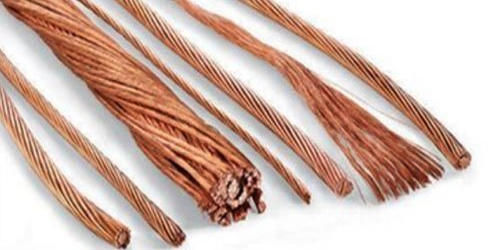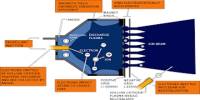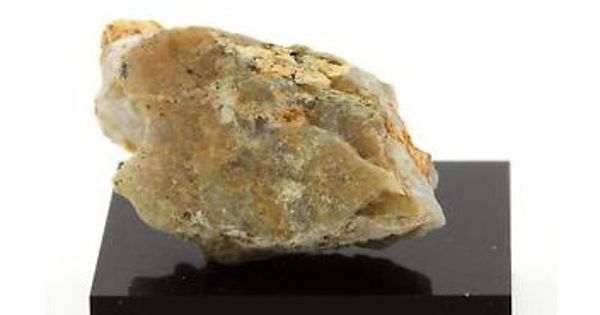Copper conductor
Copper is by far the most widely used conductor material. Copper has been used in electrical wiring since the invention of the electromagnet and the telegraph in the 1820s. Among its physical properties are high electrical and thermal conductivity, ductility, malleability and solderability, high melting point, and high resistance to corrosion, wear, and fatigue. The invention of the telephone in 1876 created further demand for copper wire as an electrical conductor.
Copper is a good conductor of heat. It has the best electrical conductivity of any metal, except silver. A good electrical conductivity is the same as a small electrical resistance. This means that if you heat one end of a piece of copper, the other end will quickly reach the same temperature. Most metals are pretty good conductors; however, apart from silver, copper is the best.
Copper has many extremely useful properties, including:
- good electrical conductivity
- good thermal conductivity
- corrosion resistance
Copper is the electrical conductor in many categories of electrical wiring. A good electrical conductivity is the same as a small electrical resistance. An electric current will flow through all metals, however, they still have some resistance, meaning the current needs to be pushed (by a battery) in order to keep flowing. Copper wire is used in power generation, power transmission, power distribution, telecommunications, electronics circuitry, and countless types of electrical equipment. Thick copper strip is used for lightning conductors on tall buildings like church spires. The copper strip has to be thick so that it can carry a large current without melting. It is used in many heating applications because it doesn’t corrode and has a high melting point. The only other material that has similar resistance to corrosion is stainless steel.
Copper and its alloys are also used to make electrical contacts. Electrical wiring in buildings is the most important market for the copper industry. Current flows easily through copper thanks to its small electrical resistance, without much loss of energy. This is why copper wires are used in mains cables in houses and underground. Roughly half of all copper mined is used to manufacture electrical wire and cable conductors. Copper wire can be wound into a coil. The coil will produce a magnetic field and, being made of copper, won’t waste much electrical energy. Copper wires allow the electric current to flow without much loss of energy. This is why copper wires are used in mains cables in houses and underground.
















